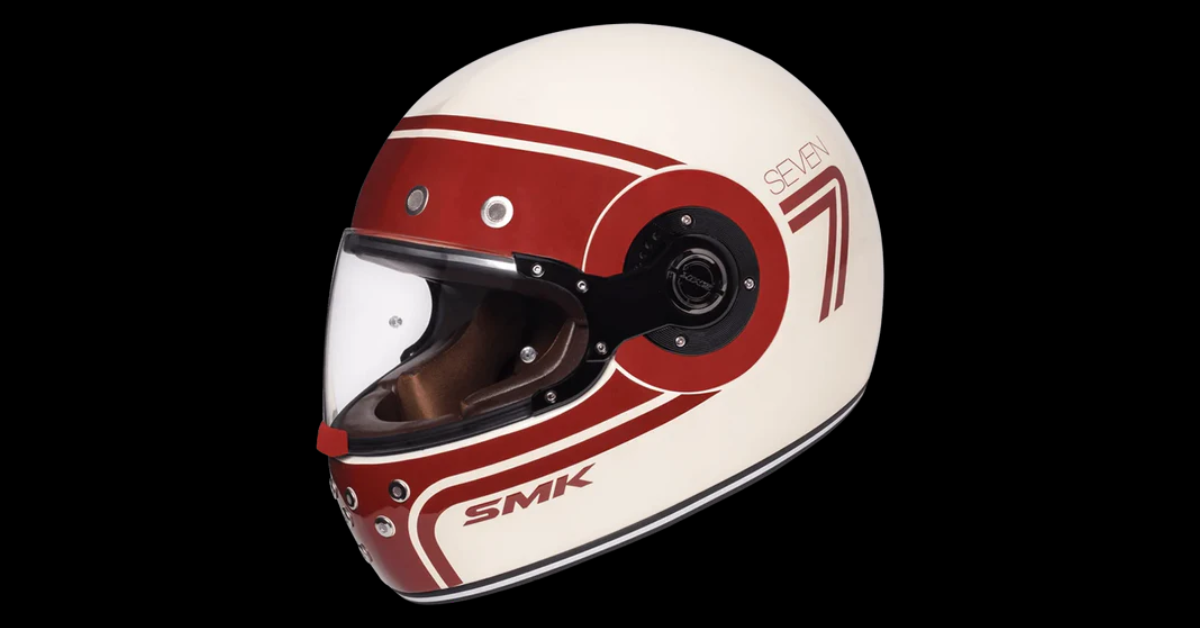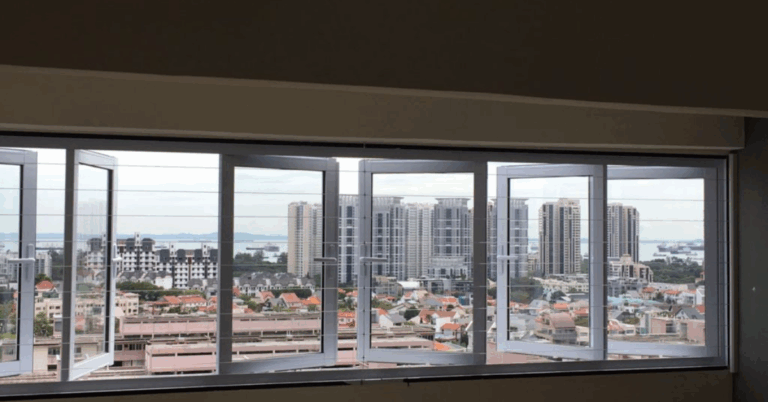Helmet Price: A Complete Guide to Choosing the Right Helmet
When it comes to road safety, one of the most crucial investments any rider can make is a quality helmet. Riders often focus on design, comfort, or brand, but an equally important factor is the Helmet Price Many people assume that the higher the price, the better the protection, while others look for the most affordable options without understanding the differences in safety standards, features, and durability. In reality, helmet pricing depends on several factors, and understanding them can help you find the perfect balance between budget and safety.
Why Helmets Are Non-Negotiable for Safety
Helmets are more than just accessories; they are life-saving devices. According to road safety studies, wearing a helmet reduces the risk of head injuries by more than 70%. For motorcyclists, cyclists, and even scooter riders, a helmet can be the difference between a minor injury and a life-threatening accident.
But many riders still treat helmets as an afterthought, choosing based on looks or budget alone. The truth is that helmet design and pricing are influenced by factors like safety certifications, materials used, technology, and comfort features. This is why understanding what goes into helmet pricing becomes so important.
Factors That Affect Helmet Price
Several elements directly impact how much a helmet costs. Let’s break down the most significant ones:
1. Material Quality
Helmets are made from different materials like polycarbonate, fiberglass composite, or carbon fiber.
-
Polycarbonate helmets are more affordable but still provide decent safety.
-
Fiberglass composite helmets offer better impact absorption, making them mid-range in pricing.
-
Carbon fiber helmets are lightweight and extremely strong, usually sitting at the higher end of the price spectrum.
The material is often the single biggest factor in determining helmet cost.
2. Safety Certifications
Helmets are tested for safety standards across different countries. Some common certifications include:
-
ISI (India)
-
DOT (USA)
-
ECE (Europe)
-
Snell (one of the strictest certifications worldwide)
A helmet with multiple certifications tends to be priced higher since it meets global safety benchmarks.
3. Design and Aerodynamics
Modern helmets are engineered for speed and stability. High-end helmets go through wind tunnel testing to ensure minimal drag, reduced wind noise, and improved ventilation. The more advanced the design, the more you’ll pay.
4. Comfort Features
From padded interiors to moisture-wicking liners, comfort adds to the cost. Premium helmets may include:
-
Adjustable ventilation systems
-
Removable, washable liners
-
Anti-fog visors
-
Integrated sun visors
These features enhance the riding experience, making helmets more expensive.
5. Technology Integration
Some helmets now come with Bluetooth connectivity, built-in speakers, and communication systems. These “smart helmets” naturally cost more than traditional ones.
Helmet Price Ranges
Helmets are available in various price brackets, making it easier for riders to choose based on their needs and budget.
-
Entry-Level (₹1,000 – ₹2,500): These are basic helmets with essential protection. They are usually made of polycarbonate and have ISI certification.
-
Mid-Range (₹3,000 – ₹7,000): Helmets in this category often include better materials, improved ventilation, and features like anti-scratch visors.
-
Premium (₹8,000 – ₹20,000+): Premium helmets are made with lightweight materials, advanced safety certifications, and enhanced comfort features. They are ideal for long-distance riders and sports bikers.
-
Luxury & Smart Helmets (₹20,000+): These include cutting-edge designs, Bluetooth communication, and superior aerodynamics.
By understanding these ranges, you can compare the helmet price with the features you actually need.
Balancing Price and Safety
While budget is always a concern, safety should never be compromised. A ₹1,500 helmet may be sufficient for short city rides, but if you ride frequently on highways or at high speeds, investing in a certified, mid-range or premium helmet is wiser.
Instead of looking for the cheapest option, think in terms of value. Does the helmet provide strong safety features? Is it comfortable for long use? Does it meet international standards? These questions will help you make the right purchase decision.
Popular Types of Helmets and Their Pricing
Different riding styles call for different helmet designs. Here’s a breakdown:
1. Full-Face Helmets
-
Offer maximum coverage and safety.
-
Ideal for highway riding and sports biking.
-
Prices range from ₹2,000 for entry-level models to over ₹15,000 for premium ones.
2. Open-Face Helmets
-
Cover the head but leave the face exposed.
-
Comfortable for city rides but provide less protection.
-
Price range: ₹1,000 – ₹5,000.
3. Modular Helmets
-
Combine features of full-face and open-face helmets with a flip-up mechanism.
-
Good for touring riders who want flexibility.
-
Price range: ₹4,000 – ₹12,000.
4. Off-Road/Motocross Helmets
-
Designed for dirt biking and adventure sports.
-
Feature extended chin bars and better ventilation.
-
Price range: ₹3,000 – ₹18,000.
Tips for Buying a Helmet
-
Check Certifications: Never buy a helmet without a proper safety certification.
-
Fit Matters: A helmet should fit snugly without causing discomfort. Loose helmets compromise safety.
-
Consider Riding Style: Choose based on where and how you ride most often.
-
Look Beyond Design: A stylish helmet may look appealing but prioritize protection over looks.
-
Set a Budget: Decide how much you are willing to spend, and then explore helmets that provide maximum features in that price range.
Helmet Price vs. Long-Term Value
One mistake many riders make is seeing helmets only as an upfront expense. In reality, a helmet is an investment in long-term safety. Spending a little more on a durable, certified helmet may save you from huge medical bills or worse.
Think of it this way: a helmet lasts 3–5 years on average. When broken down annually, even a ₹10,000 helmet costs less than ₹3 per day for your safety. That perspective makes it easier to see why investing in a quality helmet is worth it.
Final Thoughts
Choosing the right helmet is a mix of budget, comfort, and above all, safety. While riders often compare styles, colors, or brands, it is the helmet price combined with its features that ultimately determines the value. Remember that the best helmet is not the cheapest one you can find but the one that provides maximum protection for your riding needs.
A helmet is not just a purchase—it is a commitment to protecting yourself and those who care about you. The next time you shop for one, consider the safety standards, comfort, and long-term durability along with the cost. When balanced correctly, the price you pay today ensures peace of mind for every ride tomorrow.







